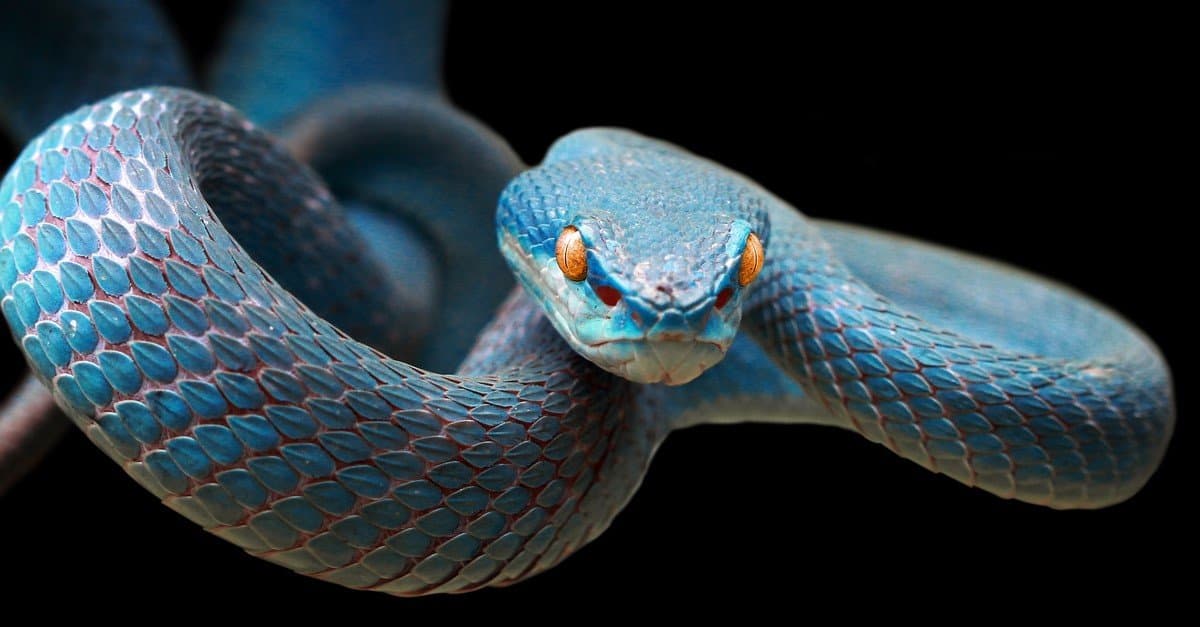Introduction
When it comes to Rehabilitation Post-Bite venomous Inland Taipan serpents, Australia is home to several of one of the most fascinating and harmful varieties worldwide. Amongst these, the Tiger Snake attracts attention not just for its powerful venom yet likewise for its interesting actions. Understanding the actions of poisonous snakes like the Tiger Snake is vital for both wildlife lovers and those residing in locations where these serpents are present. This write-up explores different aspects of Tiger Serpent actions, environment, identification, safety measures, and emergency treatment methods in case of a snake bite.
Understanding the Actions of Venomous Snakes Like the Tiger Snake
The Tiger Snake, medically known as Notechis scutatus, is notorious for its hostile nature when intimidated. These serpents exhibit a range of behaviors that can be rather various from their non-venomous equivalents.
Characteristics of Tiger Snakes
The Tiger Snake is conveniently well-known as a result of its distinct bands or red stripes that appear like a tiger's markings. They can differ in color from yellowish-brown to dark olive or black. This coloration offers not just as camouflage however also as a caution signal to potential predators.

Adaptability to Environment
One impressive element of their habits is their adaptability to various atmospheres. Located mostly in coastal regions, marshes, and wetlands throughout Australia and Tasmania, they can grow in diverse habitats consisting of urban locations.
Hunting Techniques
Tiger Serpents are ambush predators mostly preying on fish, frogs, and small animals. They have keen sight and a severe feeling of scent which helps them in locating victim effectively.
Venom Composition
Their venom consists of neurotoxins that influence the nervous system, causing paralysis or fatality in smaller animals. For people, immediate medical focus is essential after a tiger snake bite due to its potentially lethal effects.
Natural Habitat of Tiger Snakes
Preferred Locations
Understanding where these snakes reside sheds light on their behavior patterns. The tiger serpent habitat includes:
- Coastal regions Swamps Grasslands Urban areas with plentiful water sources
Seasonal Movements
During warmer months, Tiger Snakes are a lot more active as they bask in sunshine or search for food. On the other hand, chillier months see them pulling back right into hibernation sites.
Are Tiger Snakes Venomous?
Yes! The question "are tiger snakes poisonous?" usually develops amongst those unfamiliar with this varieties. Their poison is considered one of the deadliest amongst all snake types worldwide.
Symptoms of a Tiger Snake Bite
If bitten by a tiger snake, signs might consist of:
- Localized pain Swelling at the bite site Nausea and vomiting Sweating and confusion
Immediate medical assistance is important as without treatment bites can bring about serious health and wellness difficulties or even death.
First Help for Serpent Bites: Quick Action Guide
Knowing exactly how to carry out emergency treatment for a snake bite could save a person's life. Right here's what you should do:
Step 1: Stay Calm
Keeping calmness aids reduce heart rate which minimizes poison spread.
Step 2: Debilitate the Influenced Area
Keep the influenced limb still and below heart level if possible.
Step 3: Call Emergency Services
Always look for expert clinical help instantly after a serpent bite.
First Help for Snake Bite Package Essentials
A well-equipped snake bite first aid kit need to include:
- A compression bandage Antiseptic wipes A set of scissors A cold pack
Safety Safety measures: Protecting against Snake Bites in Australia
Awareness Programs
Educating communities concerning neighborhood serpent species and their behaviors can dramatically lower encounters bring about bites.
Avoiding Dangerous Areas
Staying away from lengthy yard during warmer months minimizes call with serpents that may be relaxing or hunting.

Common Misunderstandings Regarding Tiger Snakes
Many people believe false impressions about the behaviors of tiger snakes bring about unneeded worry. Below are some explanations:
Myth 1: All Tigers Are Aggressive
Not all tiger snakes will present hostility if left uninterrupted; numerous favor fleeing instead of confrontation.
Myth 2: They Chase Humans
Tiger serpents do not actively go after humans; they may strike when they feel intimidated but will generally pull away if offered space.
Conservation Initiatives Related to Poisonous Snakes
Conservation initiatives concentrate on informing communities regarding safeguarding neighborhood wildlife while lessening human-snake interactions.
Importance of Ecosystems
Understanding that venomous snakes play a crucial duty in keeping ecological equilibrium assists the most venomous snake in australia foster appreciation rather than worry in the direction of them.
FAQs Regarding Tiger Snakes
What must I do if I run into a tiger snake?- Maintain distance and gradually retreat without unexpected movements.
- While bites aren't exceptionally common as a result of awareness initiatives, they still occur yearly within Australia.
- Baby tiger serpents can provide complete dosages of poison in spite of being smaller; thus caution is recommended around them.
- They mainly consume frogs, fish, little creatures like rats, and various other reptiles.
- It's unlawful in most territories without appropriate licensing due to safety issues regarding their venom.
- Wear durable boots and stay on marked tracks; appearance before positioning hands or feet right into hidden areas like rocks or logs.
Conclusion
Understanding the habits of venomous snakes like the Tiger Snake not just enhances our expertise but also promotes safety understanding amongst those living near their habitats. From identifying their qualities, comprehending first aid methods following a bite, through engaging preservation efforts-- every aspect plays an important duty in cultivating conjunction with these interesting reptiles while respecting their place within our ecosystem.
As we strengthen our understanding via education and experience, we contribute favorably towards making sure both human safety and security and wildlife conservation-- benefitting all parties involved!
